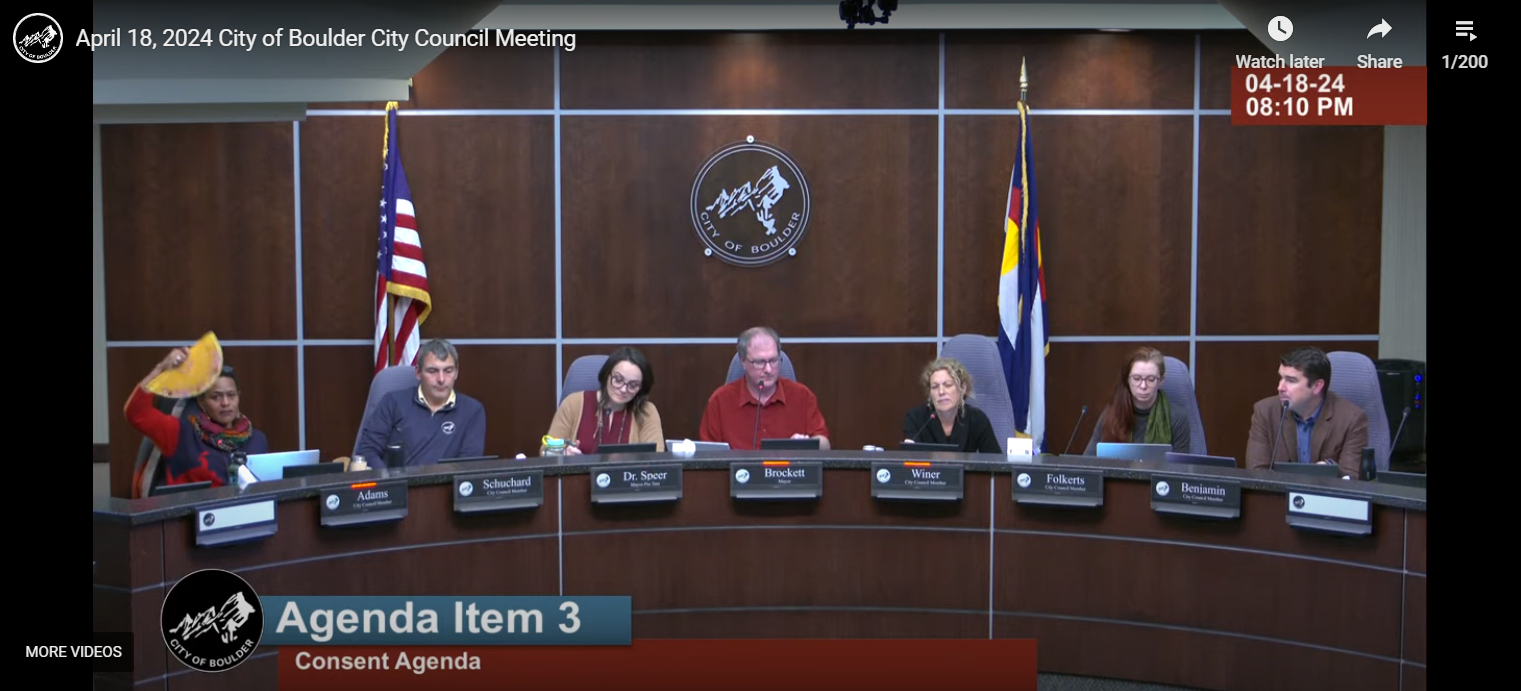
This week on Looking Up Hal cues us in on a sweet M&M connection in the evening sky.
If you have a flat horizon to the west, not necessarily an easy thing to find in Southern Colorado, I urge you to take a look tonight just after sunset, and for the next few nights, to see a beautiful cosmic dance of two planets, Mars and Mercury.
They will be only 1/2º apart in the sky, which is about ½ the width of your pinky finger held out at arm’s length.
We’ve talked about these conjunctions before, but what makes this one special is that it involves just about the hardest planet to spot, Mercury. I saw Pluto before I was able to see Mercury and cross it off my observing list. Generally, Mercury is so close to the Sun that it is simply invisible in the brilliant light of the Sun. I did spot Mercury close to the Sun once, during the great eclipse a couple years back. But as the next eclipse near here isn’t until 2024 , I suggest you take a look tonight for that hard to find object. Mars will be the brighter of the two, and will have a reddish color, especially in binoculars or a telescope. Because Mercury is closer to the Sun than we are, if you get it in a scope, you may be able to make out the phase, much like our Moon. Mercury will be the farthest out from the Sun, relative to us on Earth, on June 23rd, so it’s worth checking out several times.

If you’d like to take a closer look at Mars and Mercury, or any of the other wonderful and amazing things in the sky, please visit csastro.org for a link to information on our monthly meetings and our free public star parties.








